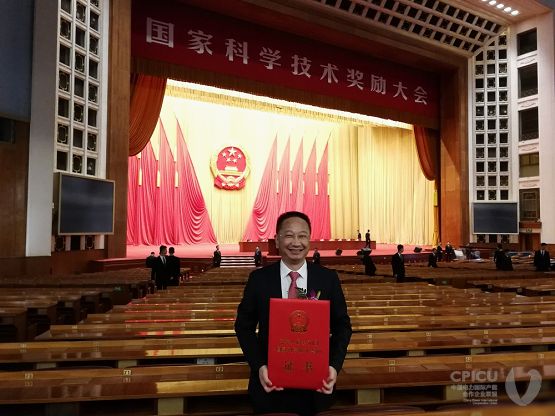The key technology of industrial intelligent ultrasonic testing theory and application, a joint research made by China General Nuclear Power Corporation (CGN), Southeast University, Wuhan University and Guangdong Electric Power Research Institute won the second prize at the National Science and Technology Award Conference, which was held in the Great Hall of the People in Beijing on Jan 8.

According to CGN Senior Vice President Shu Guogang, the technology as a whole has taken an international leading position and brought leapfrogged development in industrial nondestructive testing and applications.
The technology has been successfully applied in dozens of national key projects, such as large-scale nuclear projects, manned space flight and the Three Gorges Project, covering energy, machinery, aerospace and chemical industry. It has guaranteed the quality and safety of China's major equipment manufacturing and facilitated the going-global strategy of China's major equipment and technology, Shu added.
The testing for complicated structure and heterogeneous anisotropic materials has become a big challenge worldwide since it is difficult to test some projects and equipment with large capacity and parameters. However, ultrasonic testing is an important means to ensure the quality and safety of project construction and equipment manufacturing.
Supported by state funds and the 863 Program, a national high-tech research program initiated by the Ministry of Science and Technology, the research has made a group of achievements in innovating the basic theory and key technologies, equipment R&D, and application in projects over the past 10-plus years.
It has launched a set of intelligent testing-based sound field analysis theory and method and developed more than 80 ultrasonic testing devices in 23 series, which have been applied in projects and solved many difficulties in the field.
At present, the research has obtained two administrative licenses issued by the National Nuclear Safety Administration, helped form two industrial standards, gained 31 invention patents, 15 software copyrights. One academic monograph on the research was published.
It also brought home several national and provincial prizes, including the First Prize of Science and Technology Award of Jiangsu Province and Chinese patent gold medal.

